Accept Donations Online: 13 Tools + Steps to Raise More
Your nonprofit may have a loyal giving pool in your immediate area, but did you know that by using modern technology, you can grow your following tenfold? If you’re looking to fundraise and accept donations online, this means you can reach a wider audience than ever before.
According to the CAF World Giving Index, 4.2 billion people (72% of the world’s adult population) gave money, time, or helped someone they didn’t know in 2022. By collecting online donations, you can tap into the passion and generosity of a global community and raise more for your cause.
In this guide, we’ll walk through everything you need to know to accept donations online. Here’s what we’ll cover:
- Benefits of Accepting Donations Online
- Essential Tools to Collect Online Donations
- Steps to Accept Donations Online
With the right tools and steps to follow, you’ll be well on your way to fundraising success.
The Benefits of Accepting Donations Online
When it comes to online fundraising, the possibilities are nearly endless. Whether you’re a nonprofit, an individual, an educational institution, or another organization looking to secure financial support, collecting online donations is one of the easiest and most effective ways to do so.
Accepting donations online brings a host of benefits to everyone involved, including:
- Increased donor convenience. The average internet user spends nearly seven hours online every day. Through online fundraising, you can meet donors where they already are—all they have to do is access your donation page on whatever device they prefer and submit their payment information to contribute.
- Broader fundraising reach. When you accept donations online, you can allow people to give no matter where they live. Donors won’t have to worry about mailing in their contributions or attending in-person fundraising events to support your cause. Plus, if you add social media sharing buttons to your donation or confirmation page, you can encourage donors to spread the word about your fundraiser to their friends and family.
- Reduced expenses. Online giving methods eliminate the need to budget for printing donation forms and mailing appeals to potential donors. Additionally, since everything takes place online, your staff have less manual data entry and record-keeping to handle.
- Higher donor retention. Double the Donation reveals that 38% of online donors who make a gift one year contribute to that nonprofit again the following year. By adding a recurring giving option to your donation page, you can keep donors effortlessly invested in your cause year after year. With automated thank-you features, you can ensure that every donor receives a timely follow-up that expresses your appreciation.
Online fundraising often comes with enhanced tracking and reporting capabilities, so you can measure your performance in real time and improve your future results.
4 Essential Tools to Collect Online Donations
While accepting donations online is much simpler than offline fundraising, it’s important to equip yourself with the tools you need to collect and process online gifts. When researching potential platforms, follow these steps to pinpoint the right option for your fundraising needs:
- Use your specific fundraising goals to guide you. Are you looking to start a crowdfunding campaign? Would you like to have peer-to-peer fundraising tools? Make a list of the must-have features you’re looking for and prioritize solutions that will keep your data and donor payment information secure.
- Read online reviews. Explore online reviews written by individuals or organizations with causes similar to yours. Look for their insights into the platform’s user-friendliness, level of support, and whether there are any common issues faced by users.
- Ask for recommendations. Consider reaching out to peers who are satisfied with the tools they use to accept online donations. They may be able to provide recommendations based on their personal experiences with fundraising platforms.
If you’re not sure where to start looking, we’ve got you covered. Jumpstart your search by exploring these top tools for accepting donations online:
Fundly: Crowdfunding Platform
Fundly provides a comprehensive set of crowdfunding tools for individuals and nonprofits of all types and causes. Whether you’re fundraising for a church, sports team, school, fraternity, or personal medical expenses, Fundly’s platform has everything you need to rally people around your goal.
Some of Fundly’s main features include:
- Website and social media integration. Add a donation form directly to your website or your Facebook page to collect online donations wherever donors prefer to engage with your cause.
- Giving levels and incentives. Encourage donors to give more by setting suggested giving levels and adding incentives for each level. For example, an art school might decide that $150 donations will receive a digital student art piece, while $300 donations will have a printed art piece shipped to the donor’s doorstep.
- Peer-to-peer fundraising. Allow community members to fundraise on your behalf by creating individual donation pages that they can share with their networks. You can even organize fundraising teams and maintain momentum by viewing real-time updates of their progress.
- Event management. If you’re hosting an in-person or virtual event alongside accepting donations online, Fundly has a built-in event module for creating sign-up forms, ticketing, managing sponsors, and more.
- Donor heat maps. Embed a heat map onto your donation page to find out where the majority of your donors are located. Based on this information, you can adjust your fundraising messages to target donors in specific areas.
While some crowdfunding websites have an “All or Nothing” (AoN) approach, meaning you’ll only receive the funds you raise if you meet your fundraising goal, Fundly is a “Keep it All” (KiA) platform with 0% platform fees. This means that you’re guaranteed to take home the online donations you earn, regardless of how well your online fundraising performs.
NonProfitEasy: Donor Database
To secure long-term support for your cause, you need to focus on strengthening the connections you build with donors. By using a donor management system like NonProfitEasy, you can collect key donor details, target your communications, and increase your online donation revenue over time.
NonProfitEasy comes with features that facilitate:
- Online event ticketing
- Email management and tracking
- Pledge tracking
- Grant management
- Donor segmentation
- Volunteer management
NonProfitEasy understands that all of your donors are unique. With smart tag and custom field options, you can customize the information you collect and sort through donor profiles according to communication preferences, average gift size, and other relevant characteristics.
360MatchPro: Matching Gift Software
360MatchPro by Double the Donation is built to help nonprofits make donors’ gifts go twice as far. Many companies, as part of their corporate social responsibility (CSR) initiatives, run matching gift programs in which they’ll match the donations their employees make to charitable causes. However, 78% of donors are unaware that their company offers a matching gift program.
360MatchPro allows you to secure more matching gifts through:
- An embeddable search field for donors to check their matching gift eligibility.
- Automated matching gift email streams that encourage donors to submit a request.
- An auto-submission feature that automatically completes matching gift requests on donors’ behalf.
Plus, if you have a donor management system like NonProfitEasy that integrates with Double the Donation, you can automatically store donors’ matching gift eligibility details in your database. This way, you can send follow-ups to eligible donors to ensure they’re aware of the opportunity.
Snowball Fundraising: Text-to-Give Tools
Worldwide, people send around 23 billion texts every day. With text-to-give software like Snowball Fundraising, you can take advantage of the popularity of texting and make it easy for donors to make online donations directly on their mobile devices.
Snowball Fundraising’s features include:
- Three types of text-to-give number choices (local, toll-free, or short-code)
- Unlimited inbound text messages
- Recurring donations
- Affordable outbound text messaging
To participate in your text-to-give fundraiser, donors will text a specific keyword to the phone number assigned by your provider. Then, they can receive a link to your online donation page to make a gift.
9 Steps to Accept Donations Online
Once you’ve built out your toolkit, it’s time to start accepting donations online and promoting your fundraising efforts to potential donors. Follow these key steps to maximize your reach and inspire people to take action for your cause:
1. Create an online donation page.
A donation page is your number-one resource when requesting donations online. It should contain all the information donors need to know about your reason for fundraising, what funds will go toward, and how much you’re hoping to raise by a certain date.
To encourage giving, consider these donation page best practices:
- Add suggested giving amounts. Help donors decide how much they’d like to contribute by adding suggested amounts that they can select with a single click.
- Include a fundraising thermometer. Create a sense of urgency and progress by adding a fundraising thermometer or bar to your donation page, allowing donors to see how close you are to reaching your goal.
- Ensure that the page is mobile-responsive. Access your donation page on a mobile device. Check that images are clear, text is readable, and your form is easy to fill out.
- Enable recurring donations. For donors who would like to provide long-term support, allow them to opt into recurring gifts so they can effortlessly make donations to your cause on a regular, automated basis.
- Incorporate social proof. People are interested in and influenced by the actions of others, especially their friends and family. Feature a combination of donor testimonials, comments, and names to motivate others to get involved.
The Eta Xi Alumni Foundation, a 501(c)(3) nonprofit that provides scholarships and mentorship opportunities to support Black students through their higher education journeys, provides a stellar example of a strong crowdfunding donation page. Using Fundly, they exceeded their fundraising campaign goal of $113,000 well before their deadline:
As you can see from the example, the Eta Xi Alumni Foundation’s page includes a fundraising progress bar, a tab that displays supporters who’ve contributed to the campaign, a recurring gift option, and social sharing buttons to promote engagement.
2. Highlight the impact of donations.
Online fundraising provides opportunities for people to connect with like-minded individuals and join a community dedicated to a worthy cause. Inspire people to get involved by helping them visualize how their donations will make a difference.
For example, a high school sports team collecting online donations for its upcoming season might share the impact of specific gift amounts, such as:
- “A $25 donation will provide an athlete’s game-day meals for a whole season.”
- “A $100 donation will cover the team’s transportation costs to one away game.”
- “A $300 donation will allow us to purchase new uniforms for the entire team.”
By getting more specific, you can boost transparency and build more trust in potential donors. They’ll feel much more comfortable giving when they know exactly how you’ll put their funds to good use.
3. Include multiple payment options.
With so many online purchases and transactions taking place worldwide, many payment options have emerged to provide convenience to users. By enabling these options when accepting donations online, you increase the chances that donors will find a method that appeals to them.
Some common payment options to provide include:
- Credit and debit cards
- Venmo
- Apple Pay
- Bank transfer
The more flexibility you provide potential donors, the more likely they are to give to push forward your cause.
4. Enable recurring gifts.
Pave the way for long-term support and increased funds by enabling recurring gifts on your donation page. Many platforms simply allow you to add a check box that donors can select to opt into the program.
While the default frequency is monthly, consider adding quarterly or annual options to appeal to different preferences. Additionally, make it easy for donors to adjust their frequency, update payment details, and opt out whenever they choose. This way, they won’t feel as though they’re blindly committing to something they might want to change later.
Since monthly online giving makes up 28% of all online fundraising revenue, recurring gifts can be a significant source of sustainable funding for your cause. Just be sure to follow up with recurring donors to maintain these relationships and express your gratitude for their continued support.
5. Encourage peer-to-peer fundraising.
Peer-to-peer (P2P) fundraising is an excellent way to collect more online donations by leveraging the power of your community. The process usually follows these general steps:
- Recruit P2P volunteers to fundraise on your behalf.
- Help P2P fundraisers set up their individual donation pages.
- Support P2P fundraisers by providing messaging templates and relevant images.
- Encourage P2P fundraisers as they promote their donation pages to friends and family.
P2P fundraising allows you to widen your fundraising reach even further by tapping into the personal networks of your supporters. Consider creating a dedicated social media group and organizing celebratory get-togethers to make your P2P fundraisers feel like a close-knit community.
6. Increase awareness of matching gifts.
Despite how matching gifts can double or even triple the impact of many donations, an estimated $4 – $7 billion in matching gift funds go unclaimed every year. To avoid missing out on this valuable revenue source, start by including a brief description on your donation page to make more donors aware.
Additionally, you can maximize awareness by promoting matching gifts in social media posts, text messages, and email newsletters. Briefly explain the process of determining eligibility and submitting a matching donation request so donors know what to expect.
7. Leverage text-to-give.
Through text-to-give, donors can support your fundraising efforts whenever they’d like, on whatever device they prefer. To start accepting donations online with text-to-give, follow these steps:
- Find a text-to-give provider that is PCI-compliant and provides comprehensive support.
- Choose a short and memorable keyword, such as “DONATE4DOGS.”
- Build a text contact list by promoting your text-to-give fundraiser on social media and other channels.
To retain your text donors, you can set up automated thank-you messages that go out right after they complete a gift. In these messages, you can encourage further engagement by inviting donors to sign up for your email newsletter, follow you on social media, or become a peer-to-peer fundraising volunteer.
8. Promote your online donation page.
After you’ve prepared your donation page with all the features and elements to inspire giving, get as many eyes on it as possible by promoting it on various online and offline platforms. For example, you can include links and QR codes in:
- Blog articles
- Email newsletters
- Social media posts
- Text messages
- Event materials
- Mailed fundraising letters
- Flyers
Whether you’re adding QR codes or colorful donate buttons, make sure they stand out in your marketing materials. Maintain a consistent voice and branding across all of your content so donors understand that gifts will directly benefit your cause.
9. Prepare tax receipts and thank-you messages.
Your relationships with donors don’t end after you accept their gifts. Expressing your appreciation is not only polite but essential for retaining their support for your fundraising efforts down the road. Plus, according to the IRS, donors must have a record or written communication including your organization’s name, the date, and the amount to be able to claim a federal income tax deduction.
In addition to ensuring that donors can claim tax deductions, make them feel especially valued by going above and beyond a simple donation receipt. Consider:
- Sending eCards.
- Creating social media shoutouts.
- Producing a thank-you video.
- Making personal phone calls.
Whatever method you choose, reference as many details about each donor as possible. For example, mention their preferred name, specific gift amount, and past contributions to demonstrate that you value them as an individual.
Maximizing the Impact of Accepting Donations Online
With the right tools at your disposal, you’ll be well on your way to reaching supporters all over the world and raising significant funds for your cause. Be sure to choose a platform, like Fundly, that equips you with the features you need to collect donations, spread the word, and engage donors again and again. You’ll meet your fundraising goals in no time!
To learn more about soliciting and accepting donations online, check out these additional resources:
- Top Crowdfunding Websites to Raise Support for Any Cause. Looking for a crowdfunding website to start collecting online donations? Explore the top options for different organizations and causes.
- Types of Sponsorship Letters and How to Write Them. Learn how to create long-lasting partnerships with businesses by sending sponsorship letters.
- GoFundMe Alternatives: The Top Fundraising Sites. Evaluate all of your online fundraising options by exploring the top sites for accepting donations.

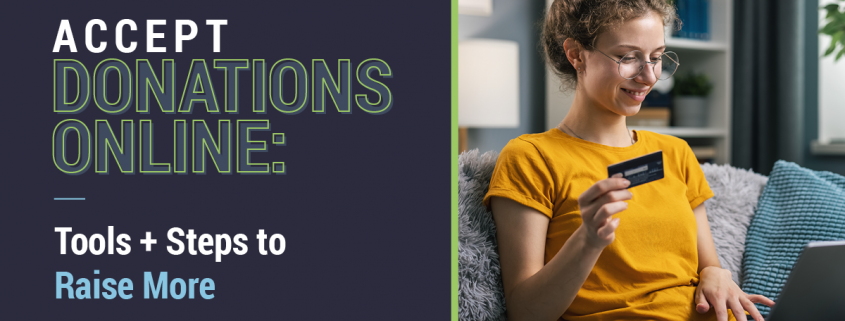
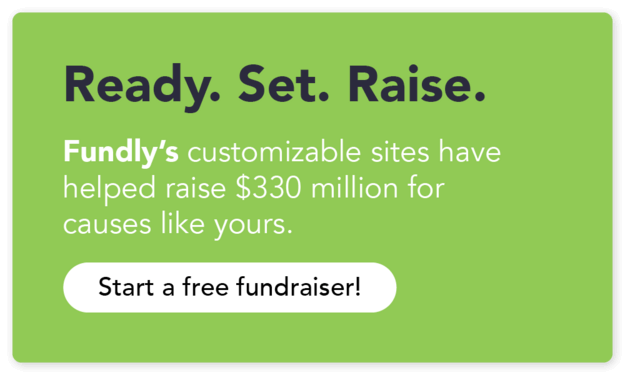
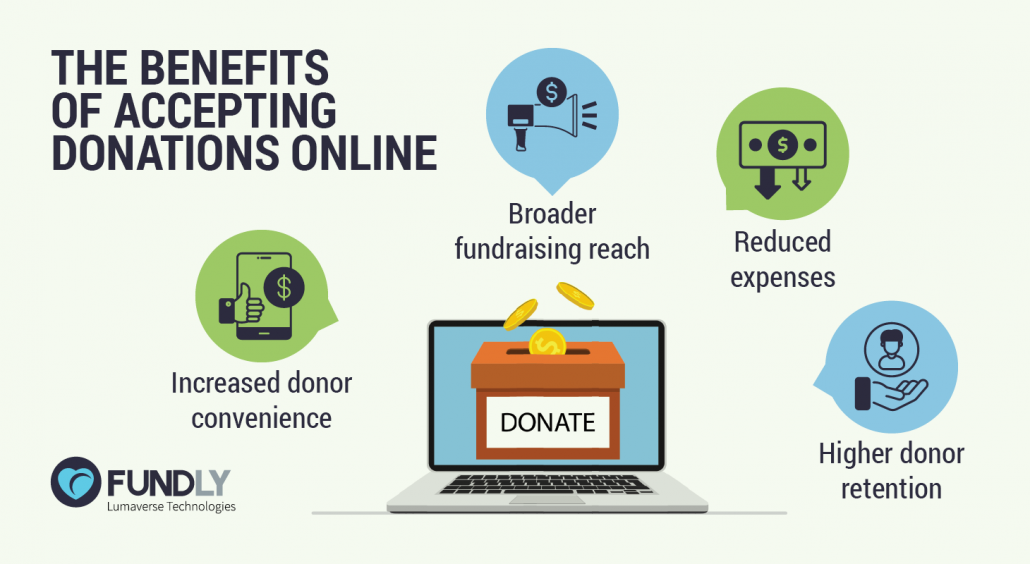
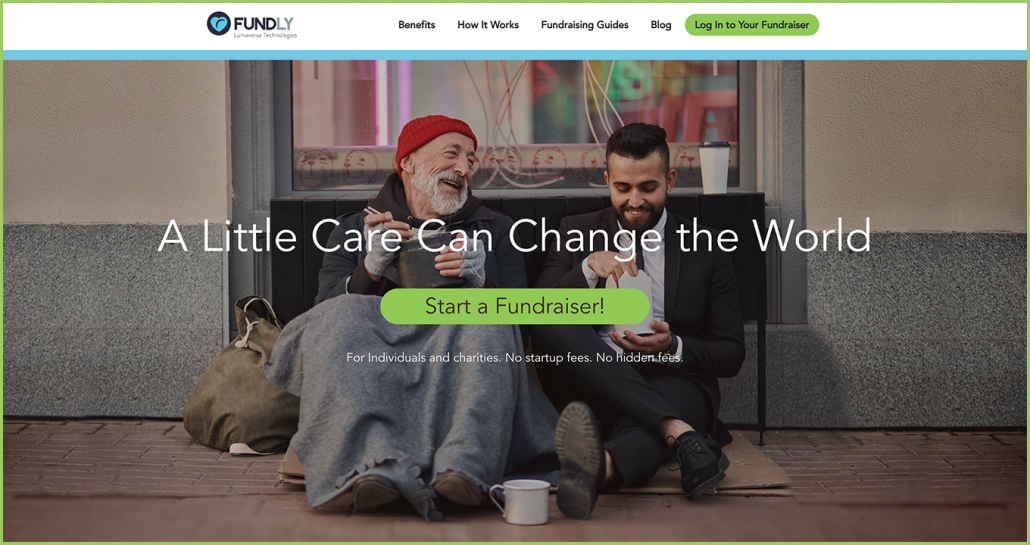
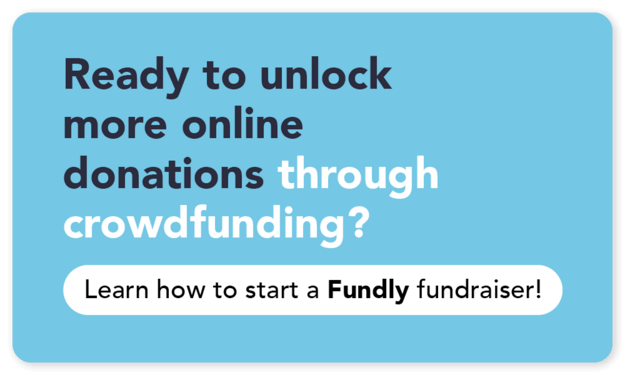

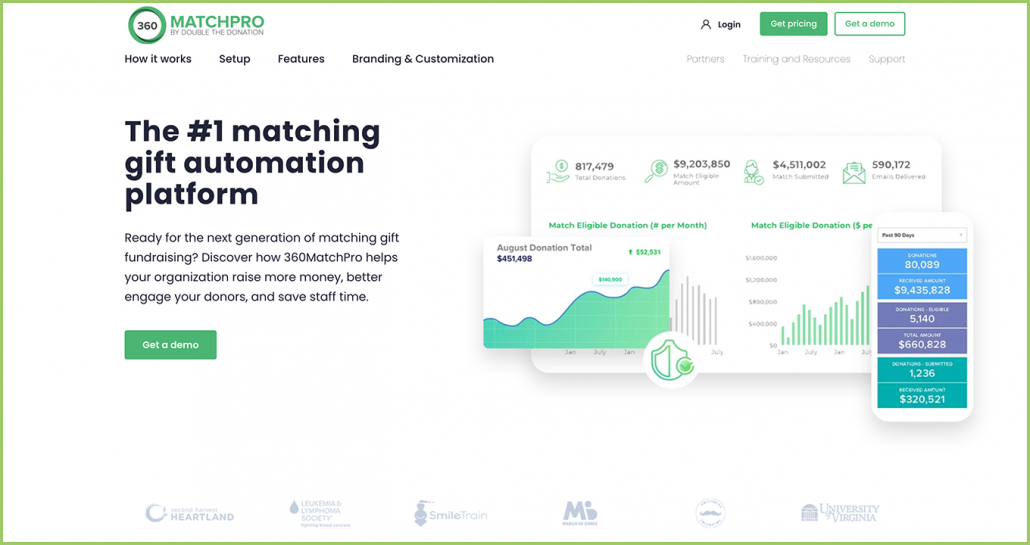






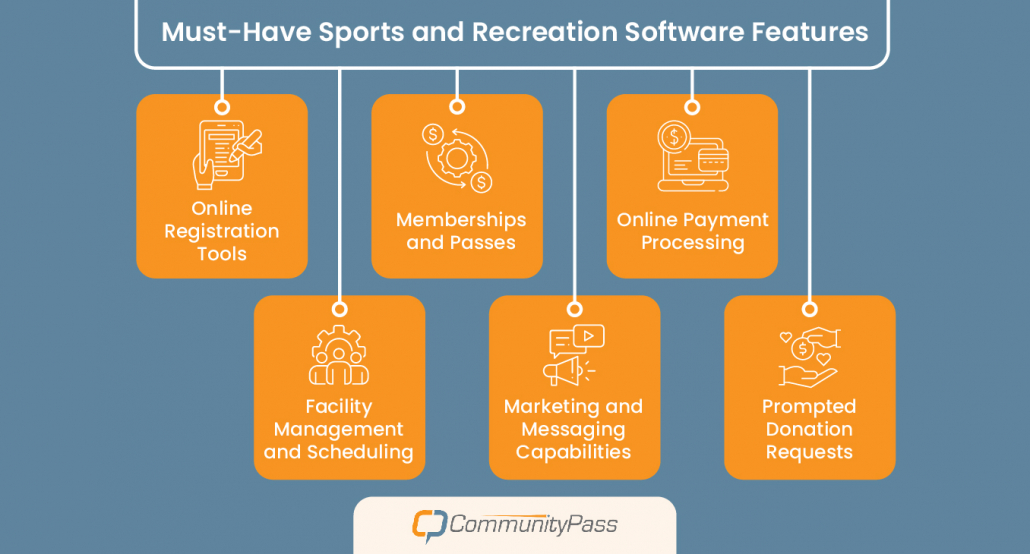
 Joseph Oriente is the President and Founder of Capturepoint
Joseph Oriente is the President and Founder of Capturepoint

